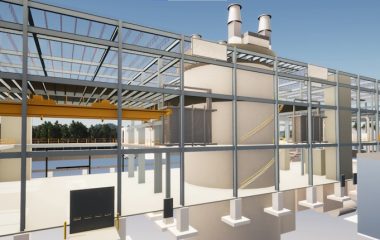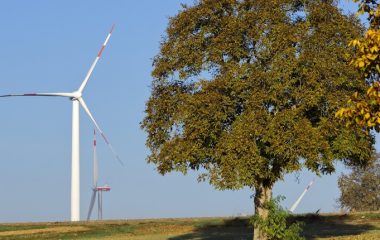
Photo: Pixabay
State-owned power utility Hidroelectrica will have EUR 800 million at its disposal by 2020 to modernize the hydropower plants (HPPs) it currently operates, according to Romania’s draft Energy Sector Strategy for the period 2018-2030 with projections until 2050, local media reported.
The strategic document also envisages EUR 2.5 billion in investments for completing new hydropower plants by 2030, but not all of this will be realized by Hidroelectrica, the biggest power producer in Romania. New generation facilities will increase the country’s installed capacity at hydropower plants from 6,741 MW to 7,490 MW.
Hidroelectrica currently operates hydropower plants with a total installed capacity of 6,400 MW.
A week ago, a public debate on the draft Energy Sector Strategy 2018-2030 was launched.
The document mentions strategic investments including two new units, 3 and 4, at the Cernavoda nuclear power plant, a hydropower plant called Tarnita-Lapustesti, a 600 MW coal-fired power plant at Rovinari, and the hydro-technical complex TurnuMagurele – Nicopole.
The strategy estimates investments in the entire energy sector by 2030 at between EUR 15 billion and EUR 30 billion.
Ten days ago, Hidroelectrica announced plans to sign a cooperation agreement with Austria’s electricity producer Verbund. The cooperation will involve joint investments in Hidroelectrica’s unfinished projects.
In May, the company’s CEO, Bogdan Badea, said that Hidroelectrica was considering acquisitions of wind and solar plants in Romania, as well as energy companies abroad.
Energy Minister: Romania aims to become an important regional player
At a presentation of the draft Energy Sector Strategy for 2018-2030 with projections until 2050, Energy Minister Anton Anton said that Romania wants to strengthen the energy sector and to become an important regional player.
Romania has reached a critical point in recent years regarding future energy professionals, Anton said, noting that it is not enough to invest in new production facilities if there is no qualified staff for their operation.
Anton also said that the draft Energy Sector Strategy is in line with the European Union’s vision on the future structure of the national energy sector.


















Be the first one to comment on this article.